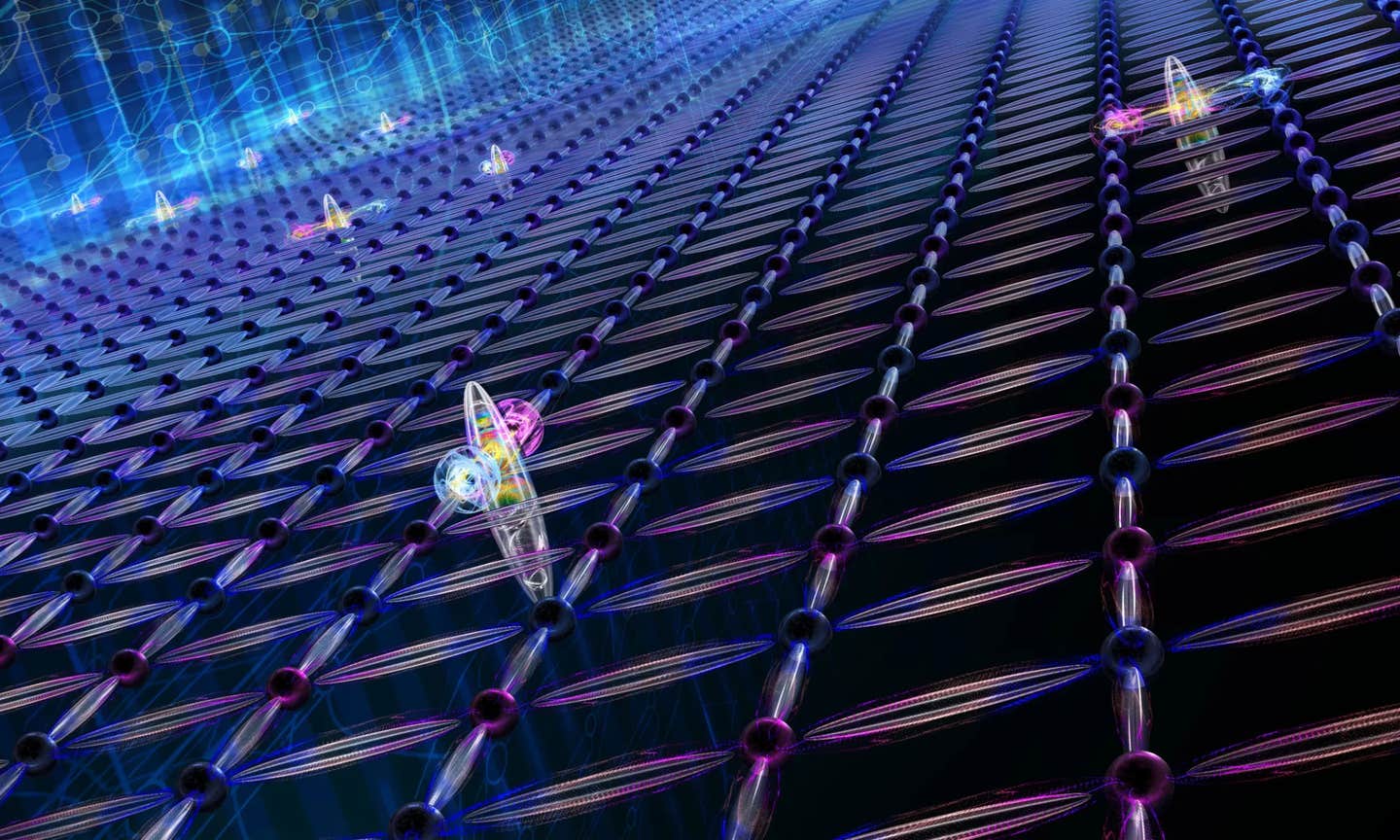World-first ‘nano inks’ could revolutionize the way we heat and cool homes
Researchers reveal the development of world-first “phase change inks” that could potentially transform the way we heat and cool our homes.

[Mar. 28, 2023: JJ Shavit, The Brighter Side of News]
Imagine if you could heat or cool your home just by plucking the desired comfort level out of the air. (CREDIT: Creative Commons)
New research published in The Royal Society of Chemistry’s Journal of Materials Chemistry A has revealed the development of world-first “phase change inks” that could potentially transform the way we heat and cool our homes, buildings, and cars.
Led by Dr. Mohammad Taha, the study highlights the inks' enormous potential to help reduce energy consumption and global greenhouse gas emissions by providing sophisticated passive climate control.
The innovative inks use nanotechnology to adjust the amount of radiation that can pass through them, based on the surrounding environment. They can be applied to coatings to achieve passive heating and cooling, reducing the need to rely on energy creation to regulate temperatures.
“Humans use a lot of energy to create and maintain comfortable environments – heating and cooling our buildings, homes, cars, and even our bodies,” said Dr. Taha. “We can no longer only focus on energy generation from renewable resources to reduce our environmental impact. We also need to consider reducing our energy consumption as part of our proposed energy solutions, as the impacts of climate change become a reality."
Related Stories
By engineering the inks to respond to their surroundings, Dr. Taha and his team believe that not only will they reduce energy expenditure, but they will also remove the need for auxiliary control systems to control temperatures, which is an additional energy waste. Passive climate control would enable comfortable living conditions without expending energy unnecessarily.
For example, to provide comfortable heating in winter, the inks applied on a building façade could automatically transform to allow greater sun radiation to pass through during the day, and greater insulation to keep warmth in at night. In summer, they could transform to form a barrier to block heat radiation from the sun and the surrounding environment.
The versatile phase change inks are a proof-of-concept that can be laminated, sprayed, or added to paints and building materials. They could also be incorporated into clothing, regulating body temperature in extreme environments, or in the creation of large-scale, flexible and wearable electronic devices like bendable circuits, cameras and detectors, and gas and temperature sensors.
The new inks use nanotechnology to control temperature in everyday environments. (CREDIT: Dr Mohammad Taha, University of Melbourne)
Dr. Taha said, “Our research removes the previous restrictions on applying these inks on a large scale cheaply. It means existing structures and building materials can be retrofitted. With manufacturing interest, the inks could reach the market in five to 10 years."
The breakthrough was achieved by discovering how to modify one of the main components of "phase change materials" – vanadium oxide (VO2). Previously, these materials needed to be heated to very high temperatures for their ‘phase-changing’ properties to be activated. However, Dr. Taha and his team discovered how to trigger the insulator to metal (IMT) reaction, where the material basically acts as a switch to block heat beyond a particular temperature – near-room temperature (30-40°C).
Vanadium oxides (VOx) are highly promising materials for heat retardant coatings, enabled by their insulator-to-metal phase transition (IMT). (CREDIT: Journal of Materials Chemistry A)
The potential of this material is enormous, as it can be used for so many different purposes – like preventing heat build-up in laptop electronics or on car windshields. The beauty of this material is that its heat absorption properties can be adjusted to suit our needs.
Already, a different type of phase change material is used to manufacture smart glass, but this new material means that smarter bricks and paint can be engineered. This new nanotechnology can help retrofit existing buildings to make them more efficient. It’s better for the environment and sustainable for the future.
Dr. Taha says that the next step will involve taking the research, patented by the University of Melbourne, to production. Through collaboration with industry, the inks can be scaled up and integrated into existing and new technologies as part of a holistic approach to tackling the world’s climate change energy challenges.
Note: Materials provided above by The Brighter Side of News. Content may be edited for style and length.
Like these kind of feel good stories? Get the Brighter Side of News' newsletter.
Joseph Shavit
Head Science News Writer | Communicating Innovation & Discovery
Based in Los Angeles, Joseph Shavit is an accomplished science journalist, head science news writer and co-founder at The Brighter Side of News, where he translates cutting-edge discoveries into compelling stories for a broad audience. With a strong background spanning science, business, product management, media leadership, and entrepreneurship, Joseph brings a unique perspective to science communication. His expertise allows him to uncover the intersection of technological advancements and market potential, shedding light on how groundbreaking research evolves into transformative products and industries.



